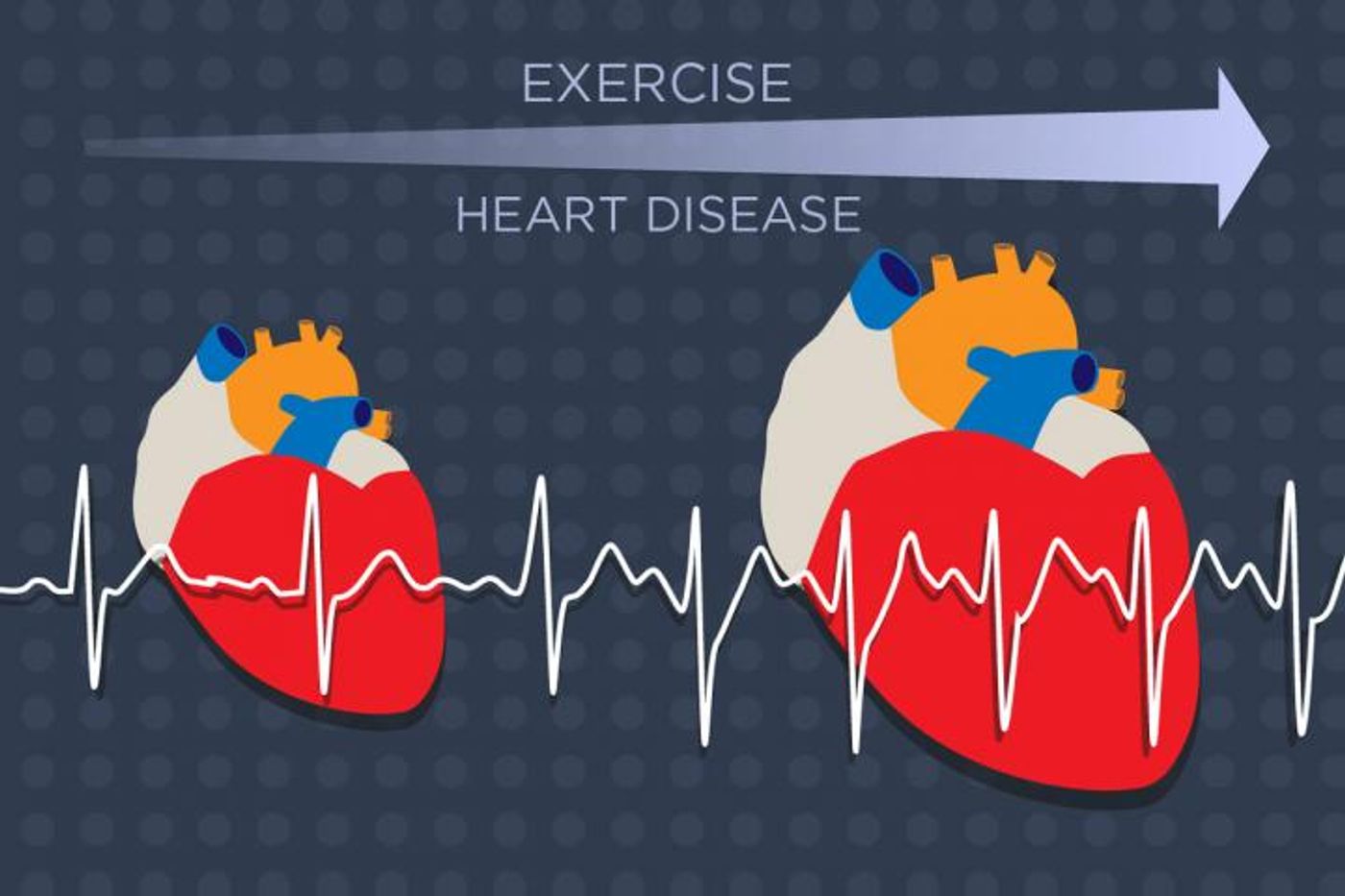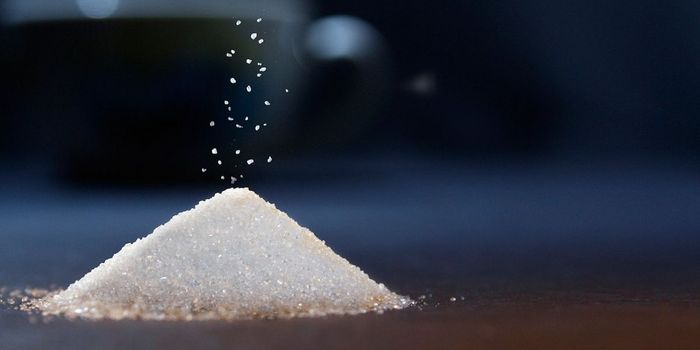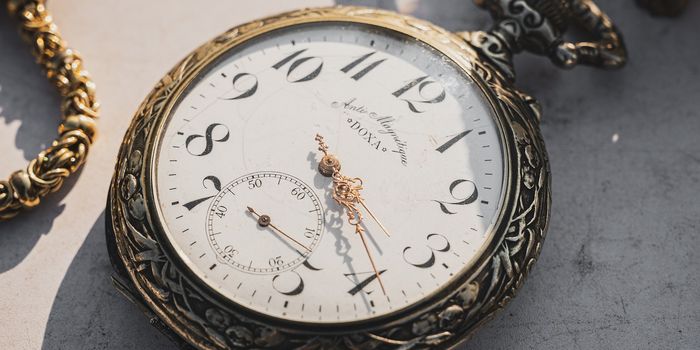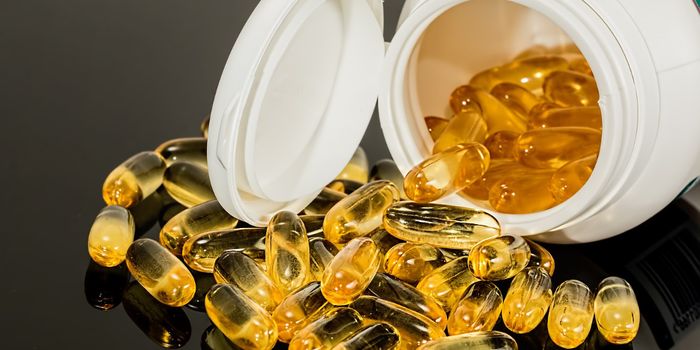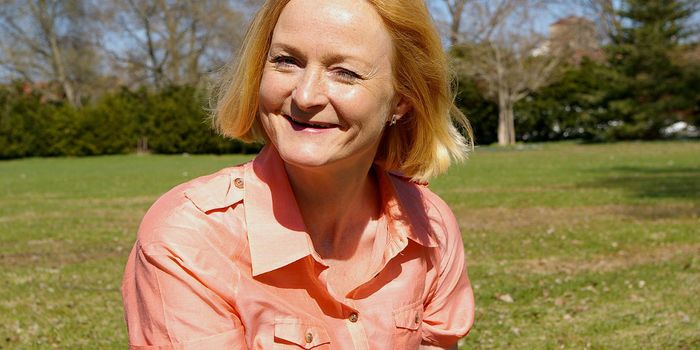Why does the human heart shrink and swell?
The community of cells that make up the heart muscle tissues have a response to the stress the wears down the heart, be it exercise or disease. These cells can grow smaller or larger, causing the entire organ to shrink or enlarge, enabling the heart to withstand stress.
Exercise causes the heart stress because the heart has to work harder to pump blood to the hard-working muscle tissues. The cells’ response? Boost production of proteins to increase in size, then return to normal size after exercise ends and increased oxygen pumping is no longer necessary.
"Heart cells also grow during cardiovascular disease - again requiring greater amounts of new protein synthesis to support the growth," explained study leader Auinash Kalsotra. "However, even though this is initially a protective response, this prolonged growth leads to further complications that can eventually lead to heart failure."
While the heart’s cells can indeed respond to stressors to help the heart muscle continue to function in spite of stress, new therapeutics are still needed to prevent disease and bolster the health of the heart. To do so, a recent study from the University of Illinois at Urbana-Champaign published in the journal eLife investigated and identified a previously unknown mechanism incorporated by the heart cells to regulate the size of the heart. This involves a protein called PABPC1.
PABPC1 binds to RNA during a process called translation, where RNA is translated into proteins the way one language is translated into another for a different group of people to understand and use the information. Thus, translation is a necessary and vital cellular process. But do all cells really need PABPC1? Researchers found that while PABPC1 RNA is found in all human cells, the actual PABPC1 protein is nowhere to be found in the adult human heart. It seems to get lost in translation.
"Our study revealed that the protein disappears in adult heart cells, reappearing only when the cells need to grow during exercise and disease," Kalsotra said. This explains why heart cells produce lower levels of new proteins than other body cells.
"Maintaining a heartbeat takes an enormous amount of energy. Because of this, heart cells need to be more efficient at making proteins," explained graduate student Joseph Seimetz. "However, during growth, when cells need to make extra proteins, they turn on the PABPC1 switch to give protein production a boost."
Understanding the role of PABC1 has a significant therapeutic application: learn to control PABPC1 function, learn to control healthy heart muscle growth and disease prevention.
